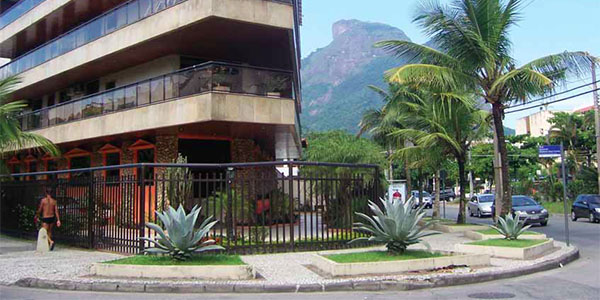Загрузки
DOI:
https://doi.org/10.7480/projectbaikal.36.140Ключевые слова:
городская сегрегация, атмосфера города, ограждение территорииАннотация
Стремление горожан к безопасности приводит к росту числа ограждений входной зоны и структурной пространственной сегрегации в Рио-де-Жанейро. Сегодня пешеходу приходится идти вдоль высоких решеток, вместо того чтобы прогуливаться по утопающим в зелени дорожкам. В городском развитии наблюдается также тенденция к строгому территориальному разграничению. Появляющиеся закрытые сообщества располагаются на безопасном расстоянии от фавел и имеют всевозможное оборудование для обеспечения своей безопасности.
С точки зрения градостроительной перспективы обе тенденции вызывают тревогу: рост числа ограждений и разделений разрушает приятную атмосферу города и способствует распространению монофункциональных, а значит, и моносоциальных зон. Все это препятствует созданию смешанного общественного пространства. Необходимые для его функционирования доверительные отношения и мирное взаимодействие можно обеспечить лишь в условиях целостного общества.



